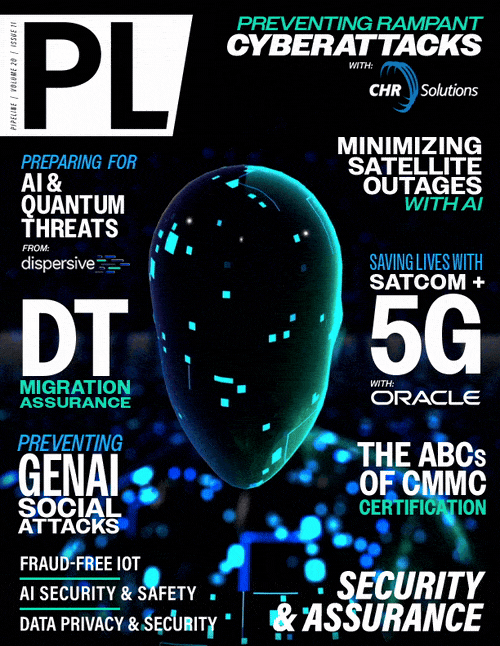Navigating CSPs Migration Strategy in Digital Transformation Assurance
The Core Tenets of a successful Migration Assurance Strategy
In response to the multifaceted challenges inherent in CSP migration, the development of a robust Migration Assurance Plan emerges as a critical game changer. This plan encompasses comprehensive strategy, people requirement, process requirement and technology requirement during Pre-Migration, During Migration and Post-Migration phases.
Key elements of this plan include rigorous testing protocols, contingency measures, stakeholder communication strategies, and continuous monitoring mechanisms.
Pre-Migration
Designing the Migration Strategy: The strategy and design of the migration process involve comprehensive analysis, including understanding key business processes, systems, and architecture, reviewing migration strategies, aligning roadmaps, and preparing data. Outputs include creating migration schedules, defining Go/No-Go criteria, Rollback plan, developing UAT test cases, and preparing templates for KPIs.
Deep Dive Focused Analysis: The readiness assessment of the new system involves studying system specifications, end to end process validation, feature mapping, and conducting configuration validation, followed by thorough testing, data validation, and mock runs to ensure seamless integration and functionality. This comprehensive analysis aims to validate customer impact, data integrity, completeness, and system performance, minimizing risks and ensuring a smooth transition to the new system.
Mock Runs and Migration Simulations: Validation of migration mock run reports involves analyzing activities outlined in the scope, generating status reports, and participating in the Cut Over process to provide Go/No-Go decisions based on agreed KPIs, ensuring readiness for full migration implementation. This meticulous analysis ensures alignment with project objectives and readiness for seamless transition, minimizing potential disruptions.
During Migration
Go Live Validations: During the Go-Live phase, comprehensive analysis and validation processes are crucial to ensure a smooth transition to the new system. This involves coordinating with all stakeholders to agree on minimal downtime and conducting independent impact analyses to assess the operational effects. Clear and proactive communication with customers is maintained to manage expectations and maintain transparency. Critical to the preparation is the validation of prerequisites for Go/No-Go decisions, ensuring all systems are primed for a successful launch. Additionally, a strong emphasis is placed on validating existing reports used by various stakeholders to ensure that business operations continue seamlessly after migration. The integrity and accuracy of critical and historical data being transferred from legacy systems are rigorously verified, enhancing the depth and scope of these validations. Provisions are also made for rollbacks in case the Go-Live does not proceed as planned, allowing for the reversion of changes without impacting ongoing business operations. This meticulous approach minimizes disruption and ensures system performance and reliability from day one.
Post-Migration
Reporting: Post-upgrade assurance involves generating detailed reports comparing pre- migration and post-migration success, addressing any defects found, identifying critical business parameters, and developing RCM and SOP for controls, culminating in a Migration Assurance report and presentation to executive leadership, ensuring operational excellence and alignment with business objectives.
In conclusion, a comprehensive strategy and design approach to CSP migration is essential for ensuring a successful transition to modern technologies and platforms. By meticulously analyzing, planning, and executing each phase of the migration journey, CSP’s can minimize disruptions, maintain customer satisfaction, and unlock new opportunities for innovation and growth.



















